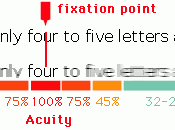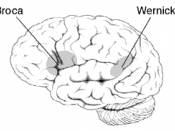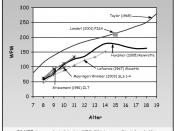Introduction
In a split second, a skilled reader identifies words, recovers their meanings, and integrates them with prior words in the passage. The average skilled reader recognizes at least 50,000 words, having read about a hundred million words. Though reading seems automatic, it is a complex cognitive act consisting of several component operations that deal with the sequence of words, phrases, and sentences of a text. These operations act together to achieve the result of reading, which is the comprehension of the text. Reading involves other cognitive processes, including perception, memory, reasoning, and problem solving. Unlike spoken language comprehension, the reading skill requires a long period of instruction and practice. However, the rewards are ample as our society values literacy as a prerequisite for success.
COGNITIVE PROCESSES IN READING
Coherent text is based on the repetition of key concepts in a text. In order to comprehend the text, readers must spot the recurring ideas in the text and integrate them into a mental structure.
Because most texts are too long to be processed in one piece, the reader creates a memory representation by processing the text's smaller units, its sentences, and its clauses. A variety of processes at several levels of structure, including letters, words, phrases, and sentences, contribute to comprehension. At the letter level, visual features must be decoded to identify letters. Word-level processes include the encoding of the word into an abstract unit and lexical access by which the word's meaning is retrieved from a mental lexicon. Sentence-level processes include operations that handle both the segments of the sentence and the sentence as a whole. Text-level processes integrate the information from different sentences into the reader's model of the text. To achieve such integration, the reader must maintain the prior information from the current text in memory. All...


